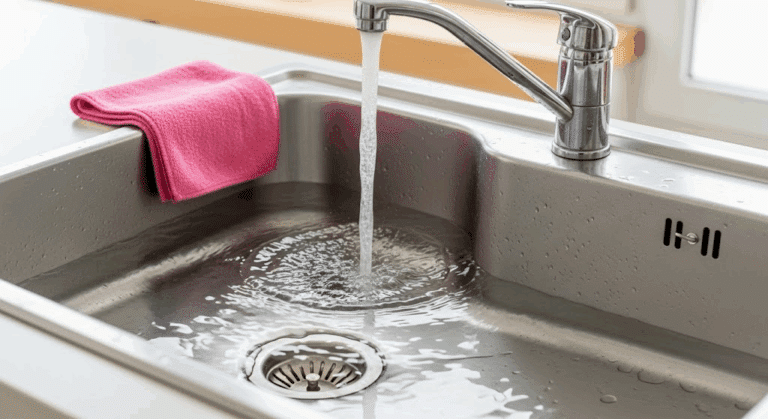Pros and Cons of Walk-In Tubs Guide
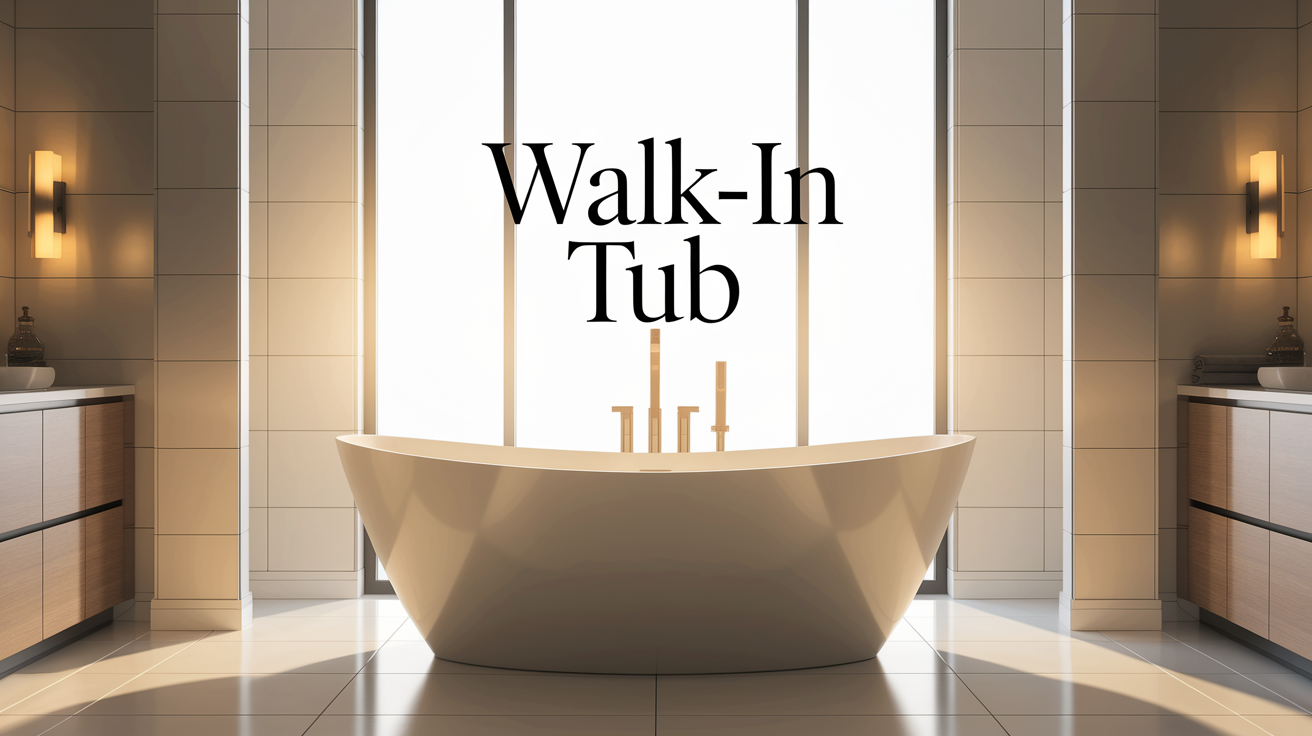
Thinking about adding a walk-in tub to the bathroom? These tubs, designed with a door built into the side, allow easy entry without the need to step over a high edge.
They’re quickly becoming a popular choice, particularly for those with mobility issues. Before making a purchase, it’s important to consider both the advantages and potential drawbacks.
Walk-in tubs come with a higher price and operate differently than standard tubs.
This blog will highlight the reasons why walk-in tubs are so appealing, the challenges that may arise, the costs involved, and who benefits the most from them.
By the end, a well-informed decision can be made about whether a walk-in tub fits the needs of your home.
Why are Walk-In Tubs So Popular
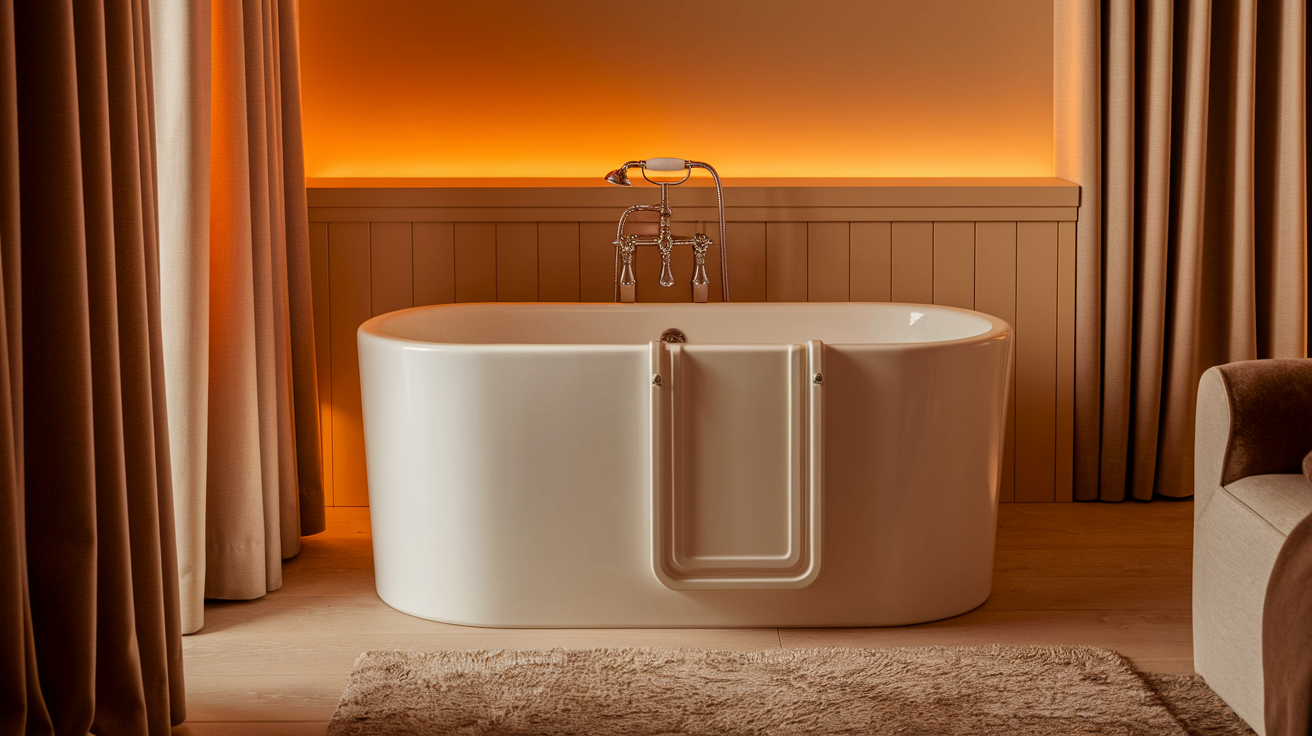
Walk-in tubs are catching on fast in homes across the country. The biggest reason? Safety! With a door built into the side, these tubs take away the scary part of climbing over a high tub wall.
These tubs often have seats right inside, so no need to lower all the way down to the tub floor. Grab bars give extra help for steady support.
Many people with back pain or leg troubles find that some models with water jets can help ease their aches.
The best part for many users is being able to take a bath without calling for help. This gives back some freedom that matters deeply to those who have lost other kinds of freedom as they’ve gotten older.
Pros of Walk-In Tubs
Walk-in tubs offer many helpful features that can make bathing easier and safer. They’re designed with your comfort and safety in mind. Here’s why many people choose to get one for their home:
- Makes Getting In and Out Easy: Walk-in tubs feature a side door, eliminating the need to climb over the edge. You open the door, step in, close it, and then fill the tub with water.
- Comes with a Built-in Seat: These tubs feature a built-in seat, allowing you to sit down while bathing, rather than having to lower yourself to the bottom of a regular tub.
- Includes Safety Handles: They have strong handles built into the sides that you can grab onto when moving around, which helps stop falls.
- Features Special Non-Slip Floors: The bottom of these tubs has a rough surface that provides a better grip for your feet when wet, reducing the likelihood of slips.
- Offers Deep Water Soaking: The walls are higher than those of normal tubs, allowing the water to cover more of your body for a deeper soak.
- Can Have Massage Water Jets: Many walk-in tubs come with jets that gently massage sore muscles, helping you feel better.
- Features a Handy Shower Sprayer: They often include a shower head you can hold and move around to wash hard-to-reach spots while sitting down.
- Empties Quickly in Newer Models: Newer tubs feature specialized drain systems that quickly empty the water, allowing you to get out more quickly.
Cons of Walk-In Tubs
While walk-in tubs have many advantages, they also come with some drawbacks that you should consider before making a purchase. These issues might matter more or less to you based on your needs:
- Costs More Money: Walk-in tubs are significantly more expensive than regular tubs, with prices ranging from a few thousand dollars to several thousand dollars, compared to a few hundred dollars for standard tubs.
- Makes You Wait Inside: You must enter before filling and wait until all the water has drained before you can open the door to exit.
- Can Feel Chilly While Filling: You might feel cold sitting in an empty tub waiting for it to fill with warm water, which can take several minutes.
- Takes Longer to Fill Up: These tubs hold more water than regular ones, so they take longer to fill completely.
- You Might Need a Bigger Water Heater: Since you use more hot water, you may need to install a larger water heater for your home.
- Can Be Expensive to Install: If your bathroom requires modifications to accommodate the tub, such as installing new pipes or reinforcing the floor, this can significantly increase the cost.
- Doors Can Leak If Not Clean: The door seal must be kept clean to prevent water from leaking onto your floor.
- Uses Extra Water: These tubs hold more water than standard models, resulting in higher water bills.
Who Can Benefit Most From a Walk-In Tub
| Target Group | Benefits of Walk-in Tubs |
|---|---|
| People With Mobility Challenges | A low step threshold and built-in grab bars provide safer bathing for those who are unsteady on their feet or use mobility aids. |
| Older Adults Looking to Stay at Home | Prevents falls, helping seniors maintain independence and continue living at home without the risk of accidents. |
| People With Specific Health Conditions | The seated bathing position and easy access make bathing possible without pain or struggle, making it beneficial for individuals with arthritis, balance problems, muscle weakness, or chronic pain. |
| Caregivers and Family Members | Reduces physical strain on caregivers while offering dignity and comfort to the person receiving care. |
| People Who Love Therapeutic Baths | Water jets, air bubble systems, and heated seats provide stress relief and minor aches relief, appealing to people without mobility concerns. |
Different Types of Walk-In Tubs
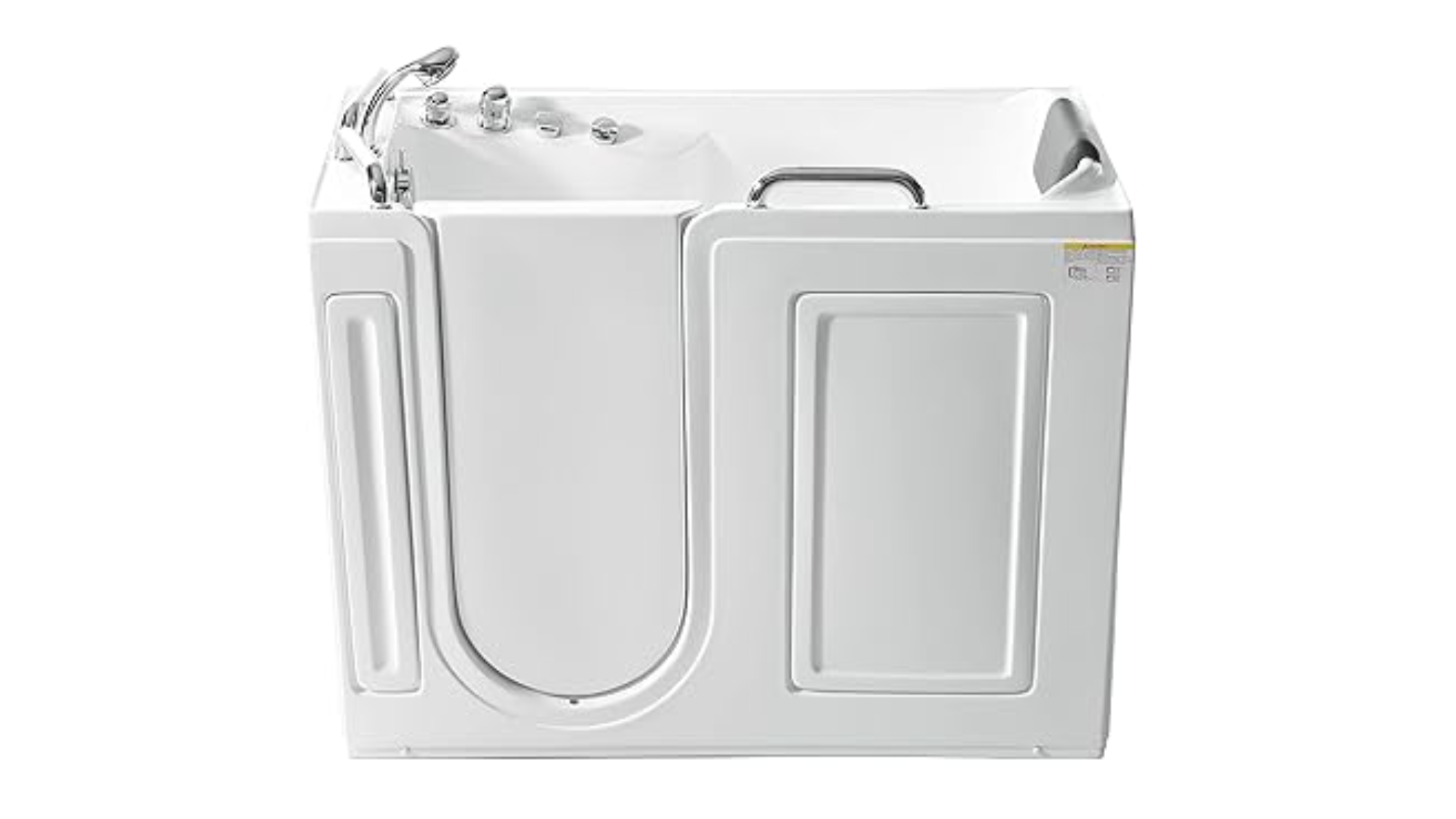
If you’re seeking relaxation, accessibility, or both, understanding the different types of walk-in tubs can help you choose the perfect fit for your home and lifestyle.
1. Bariatric Walk-In Tub
A Bariatric Walk-In Tub is designed for users over 300 lbs, featuring a larger size, wider doors, a reinforced frame, and extra spacious seating.
- Approximate Cost Range: $4,200 – $11,500
- Best Use Case: Ideal for individuals who are heavier or require additional space and accessibility, such as those using wheelchairs.
2. Walk-In Tub Shower Combo
This option combines the functionality of a walk-in tub with a shower, including a showerhead and a low-step threshold for easy access.
- Approximate Cost Range: $3,300 – $8,500
- Best Use Case: Ideal for households that require both bathing and showering options, offering versatility and a space-saving design.
3. Wheelchair Accessible Tub
A Wheelchair Accessible Tub features an extra-wide entryway and seat, designed specifically for users in wheelchairs.
- Approximate Cost Range: $4,500 – $11,500
- Best Use Case: Designed for users with mobility challenges requiring wheelchair access and additional support.
4. Lay Down Walk-In Tub
The Lay Down Walk-In Tub is larger in size, allowing users to recline and stretch out comfortably.
- Approximate Cost Range: $5,000 – $8,000
- Best Use Case: Best for users seeking a more relaxing, spa-like experience that allows for comfortable lying down.
5. Hydromassage Walk-In Tub
This tub is equipped with whirlpool jets for hydrotherapy, offering therapeutic benefits such as muscle relaxation and pain relief.
- Approximate Cost Range: $4,400 – $12,500
- Best Use Case: Ideal for therapeutic use, pain relief, and muscle soreness, featuring powerful water jets for a relaxing massage.
6. Two-Person Walk-In Tub
The Two-Person Walk-In Tub is a larger tub designed to accommodate two bathers simultaneously.
- Approximate Cost Range: $5,500 – $12,500
- Best Use Case: Suitable for couples or caregivers assisting bathers, offering a shared bathing space.
Other Alternative Options
There are several practical alternatives to make your bathroom safer and more accessible, offering various solutions for different needs and preferences.
These options can help improve independence and comfort without the need for major renovations.
Roll-In Showers
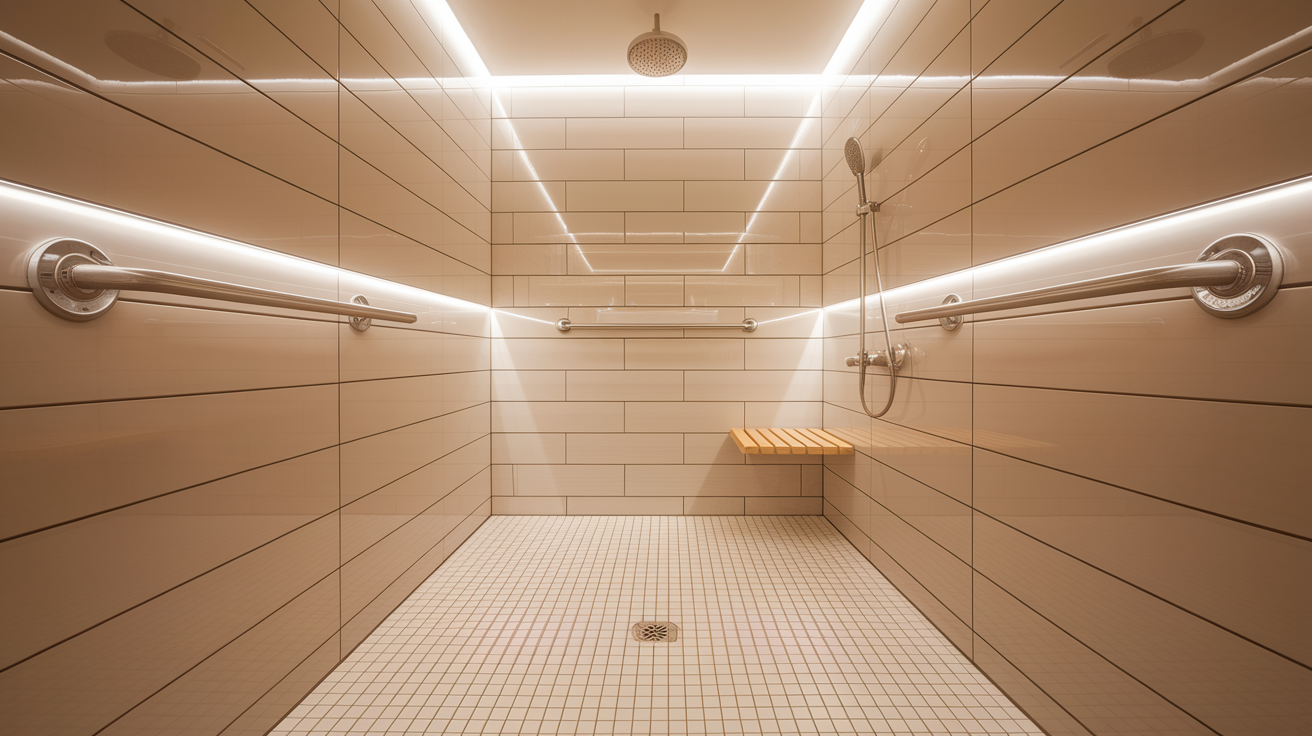
These showers have a flat entrance with no step, so you can walk or roll a wheelchair right in.
They usually have a seat built into the wall and grab bars. The whole floor is non-slip and slightly sloped, so water drains away.
Shower Chairs
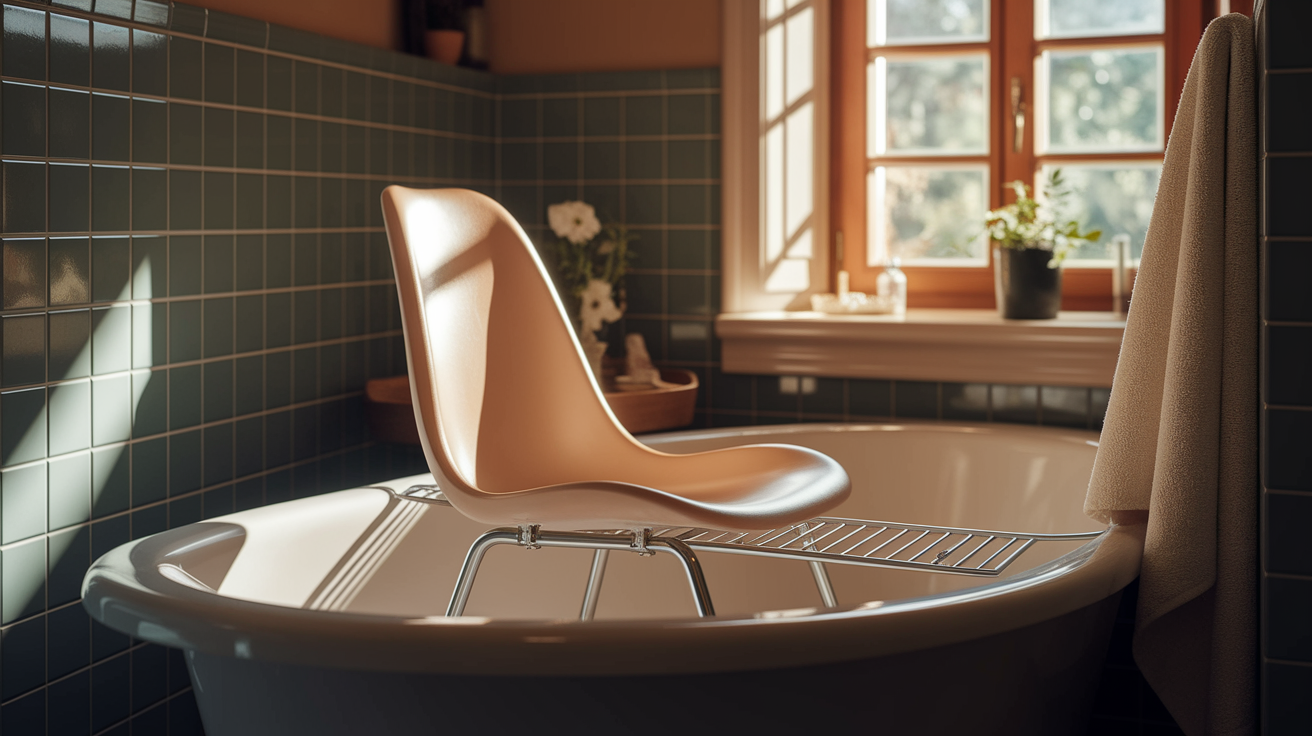
These are waterproof chairs you can put in your current shower or tub. They let you sit down while bathing, which helps if standing is hard.
They cost much less than changing your whole bathroom.
Non-Slip Mats and Tape
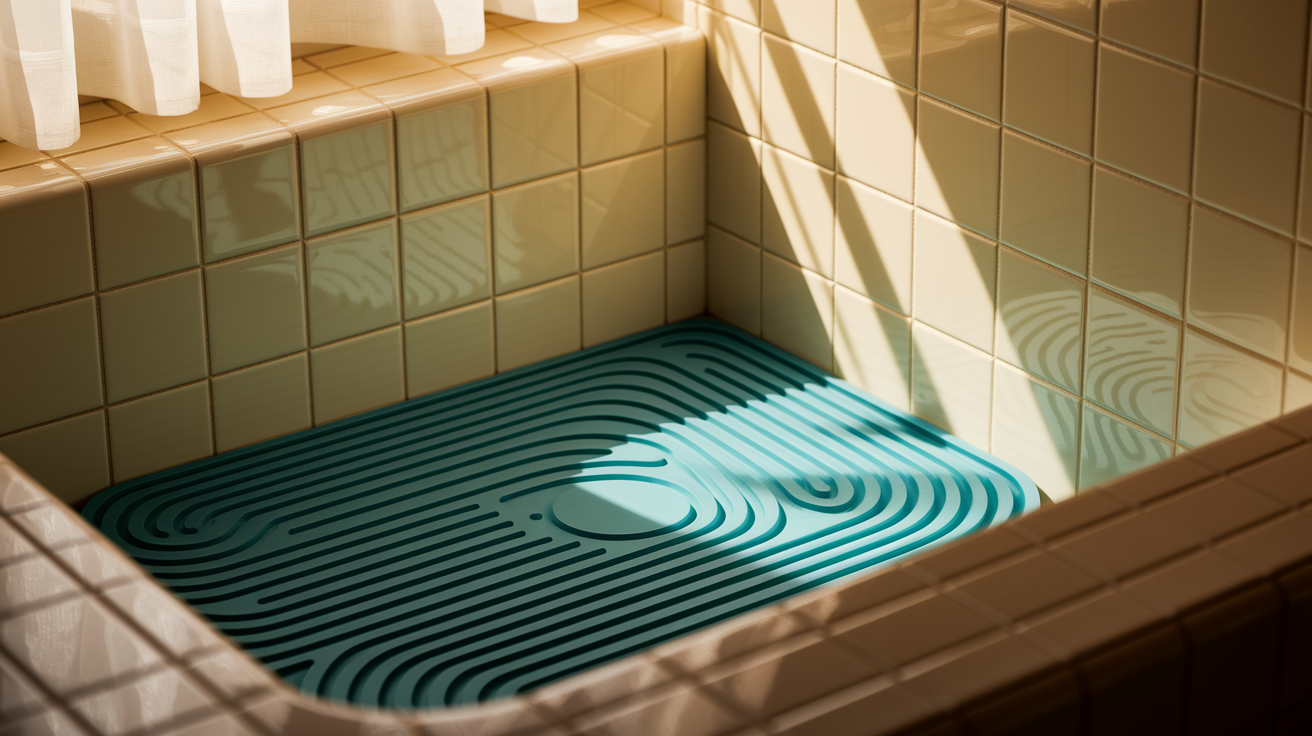
These simple items add a rough texture to slippery tub and shower floors. They’re very cheap and easy to add, but can help stop dangerous falls.
Grab Bars
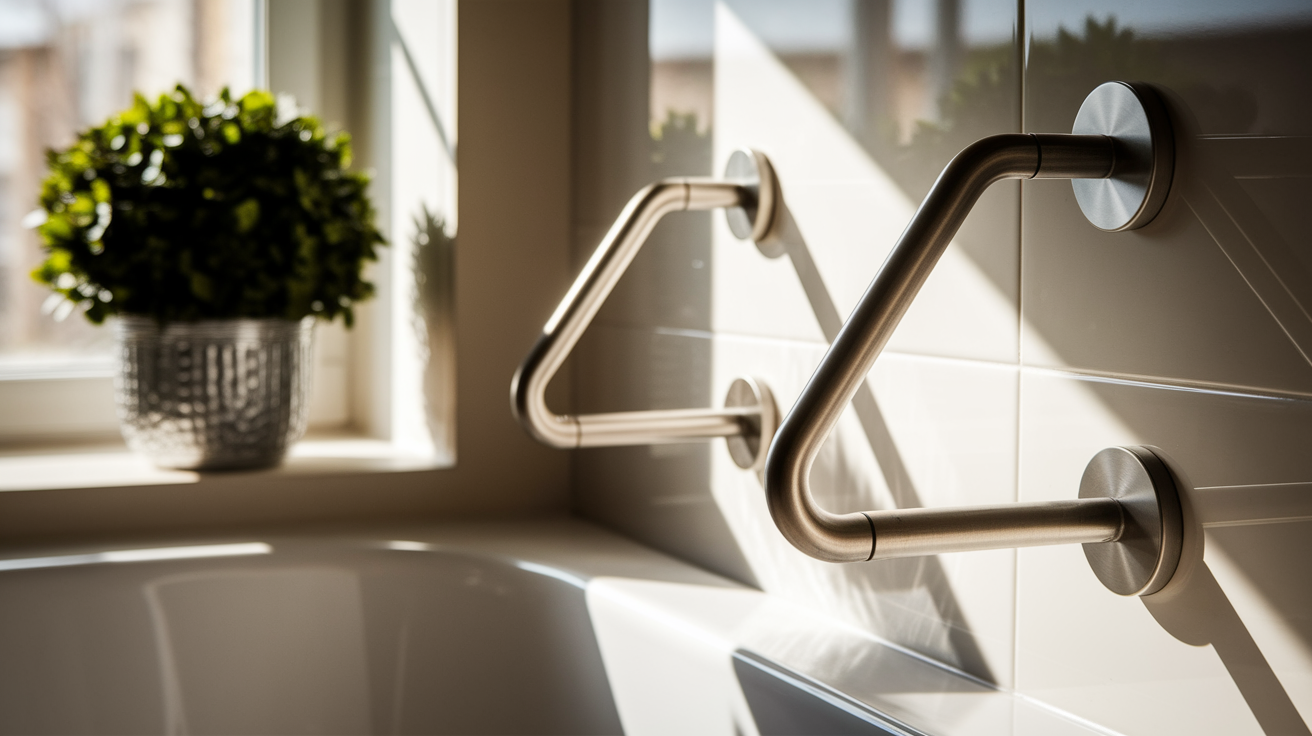
These strong bars attach to your bathroom walls to give you something sturdy to hold onto.
They help with balance when getting in and out of the tub or shower and can be put exactly where you need them.
Hand-Held Shower Heads
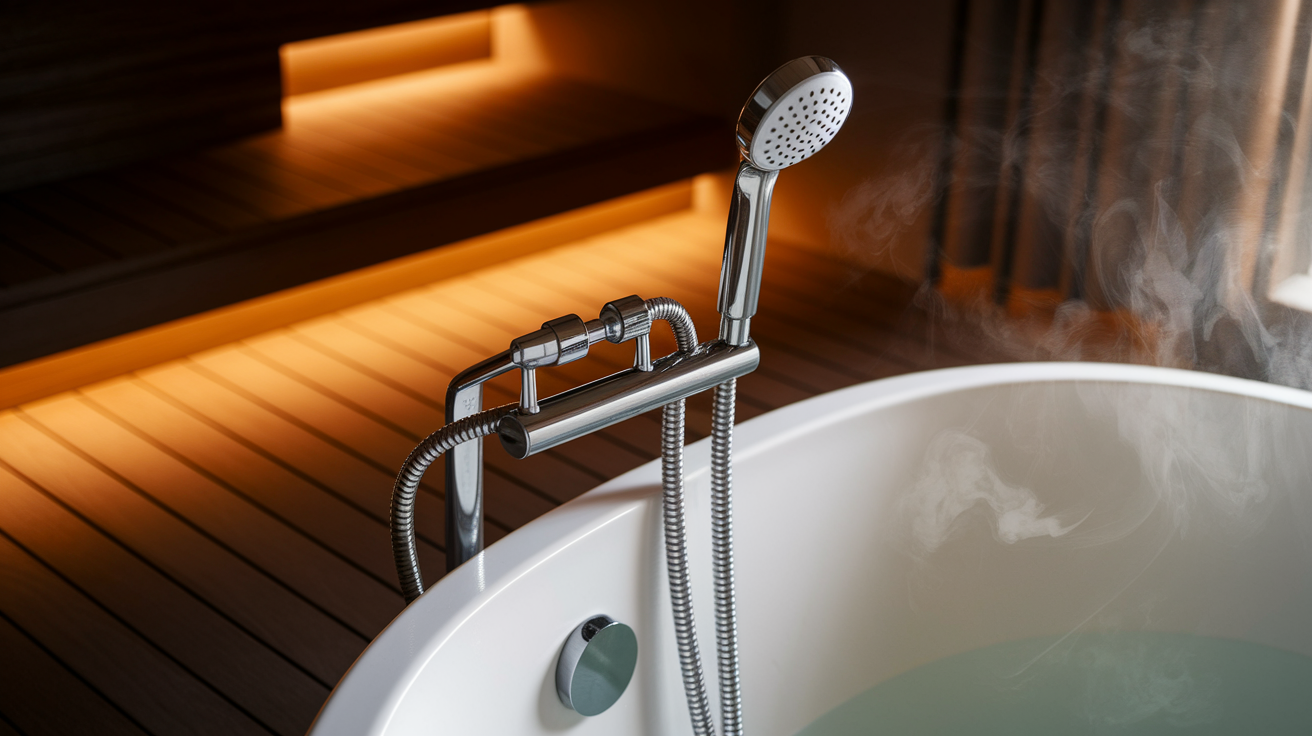
These shower heads connect to a long, flexible hose. You can take them off the wall and bring the water to you instead of moving your body under the water. Great for use while seated.
Final Thoughts
Walk-in tubs offer significant advantages for those with mobility challenges, seniors, and individuals seeking therapeutic benefits.
While they come at a higher price and require a different approach to use than standard tubs, the Increased safety features, comfort, and independence they provide make them a worthwhile investment for many.
If you’re considering a walk-in tub for yourself or a loved one, understanding the costs and benefits will help make an informed decision about whether it’s the right fit for your home.

